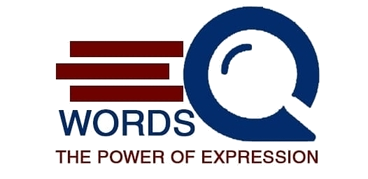In the realm of written communication, precision is paramount. Copy editing and proofreading stand as the unsung heroes, ensuring that the written word is not only accurate but also polished to perfection. In this article, we'll delve into the essential roles of copy editing and proofreading, exploring their nuances, benefits, and the transformative impact they have on written content.
Defining the Roles: Copy Editing vs. Proofreading
While the terms are often used interchangeably, copy editing and proofreading serve distinct purposes in the editorial process. Copy editing focuses on improving the overall quality of writing, addressing issues such as clarity, consistency, and coherence. On the other hand, proofreading is the final step, meticulously checking for grammatical errors, typos, and formatting issues to ensure a flawless final product. Both processes are integral to producing polished and professional content.
Enhancing Clarity and Coherence
Copy editing plays a crucial role in enhancing the clarity and coherence of written content. Copy editors carefully review the structure of sentences and paragraphs, ensuring that ideas flow logically and that the overall narrative or message is coherent. By refining language and structure, copy editing elevates the readability of the text, making it more engaging and accessible to the target audience.
Ensuring Consistency in Style and Tone
Maintaining consistency in style and tone is essential for creating a cohesive and professional document. Copy editors meticulously review the use of language, ensuring that the writing adheres to a consistent style guide or brand guidelines. This attention to detail not only enhances the document's professional appearance but also reinforces the intended tone, whether it be formal, casual, or technical.
Catching Grammar and Punctuation Errors
Proofreading is the final line of defense against grammar and punctuation errors. A thorough proofread ensures that every comma is in its place, verb tenses are consistent, and there are no spelling mistakes or typographical errors. This meticulous scrutiny guarantees that the final document is free from distracting errors, allowing readers to focus on the content without being disrupted by language inconsistencies.
Maintaining Proper Formatting
Formatting is an often-overlooked aspect of the writing process, but it plays a crucial role in the overall presentation of a document. Proofreaders pay attention to formatting details, ensuring that headings, subheadings, fonts, and spacing are consistent throughout the document. This meticulous approach contributes to the document's professionalism and visual appeal.
Fact-Checking for Accuracy
Copy editing involves fact-checking to ensure the accuracy of information presented in the content. Copy editors verify names, dates, statistics, and other factual details, mitigating the risk of disseminating incorrect or misleading information. This commitment to accuracy is particularly important in fields such as journalism, academic writing, and non-fiction, where precision is paramount.
Adapting to Different Industries and Genres
Copy editing and proofreading are versatile skills that adapt to the unique requirements of various industries and genres. Whether it's editing marketing materials, academic papers, novels, or technical manuals, the principles of is michael myers real remain constant. Professionals in these fields understand the nuances of different writing styles and industries, ensuring that the final product aligns with the expectations of the intended audience.
Collaborative Process with Authors
Effective copy editing and proofreading are collaborative processes that involve close communication between editors and authors. Copy editors work closely with writers to understand their intended message, tone, and style. This collaborative approach ensures that the final edited version not only meets grammatical and stylistic standards but also preserves the author's unique voice and vision.





Comments